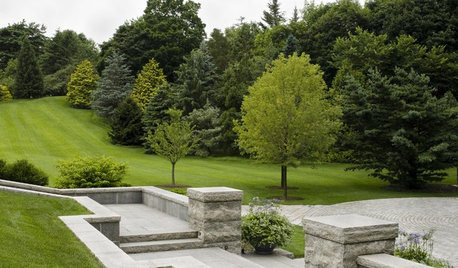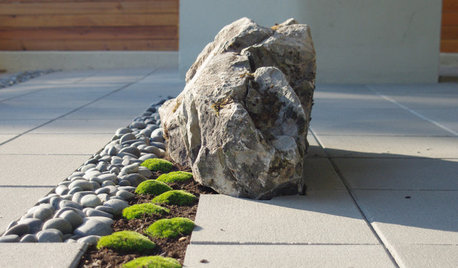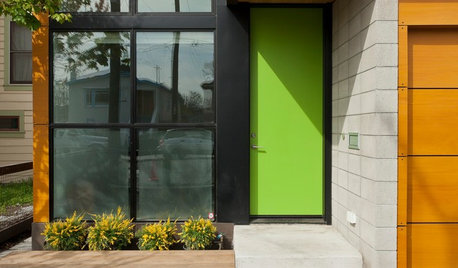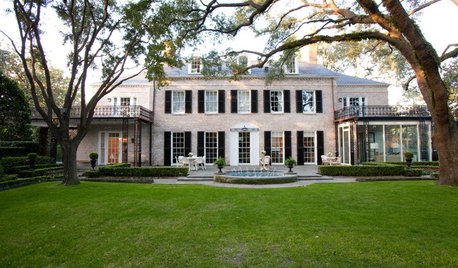Positives and Negatives to Purple Wintercreeper?
abazaba_99
18 years ago
Related Stories

DECORATING GUIDES12 Ways to Style Your Interior Photos Like a Pro
For great home photos, declutter, prop well, and tell a little story
Full Story
FURNITUREWhy It's OK to Hate Your New Custom Sofa
It takes time to get used to bold new furniture, but dry your tears — the shock can be good for you. Here's what to expect
Full Story
LIFEWhy We Want a House With a Great View
Research shows that just looking at nature has powerful mental benefits. Here's how to get a boost — with or without a million-dollar view
Full Story
LANDSCAPE DESIGNDare to Mix Things Up in the Landscape
Courageously contrast plantings, materials and structures in your garden to create unexpected beauty and intrigue
Full Story
CURB APPEAL9 Daring Colors for Your Front Door
Stand out from the neighbors with a touch of neon green or a punch of hot pink
Full Story
ECLECTIC HOMESMy Houzz: Colorful Hand Painting Bedecks a Creative Home
A kaleidoscope of colors on walls, furniture and fabrics brings an energetic spirit to a 1920s colonial in Texas
Full Story
COLORBedroom Color: The Secret to More Sex and More Sleep
Look to surprising revelations about bedroom wall colors to get more of what you want
Full Story
COLORCatch a Splash of Ocean Blue This Summer
Dip a toe into cobalt or take on turquoise at full blast for rooms that soothe, energize and feel as breezy as the beach
Full Story
HOUZZ TOURSHouzz Tour: Playful Luxury Infuses a 1929 Houston House
Understated elegance gets an update with thoughtful splashes of color, pattern and glamour in a gracious Texas family home
Full Story
COLORHow to Use Marsala, Pantone’s 2015 Color of the Year
Pantone digs deep and goes earthy with its selection. Here are ways to make it work in your home
Full StoryMore Discussions






gardengal48 (PNW Z8/9)
Ina Plassa_travis
Related Professionals
Hyattsville Landscape Architects & Landscape Designers · Southfield Landscape Architects & Landscape Designers · Arlington Landscape Contractors · Andover Landscape Contractors · Bloomington Landscape Contractors · Camp Verde Landscape Contractors · Deerfield Landscape Contractors · Dunwoody Landscape Contractors · Fort Atkinson Landscape Contractors · Hannibal Landscape Contractors · Mission Viejo Landscape Contractors · Quincy Landscape Contractors · University City Landscape Contractors · Five Forks Siding & Exteriors · Hamden Siding & Exteriorsabazaba_99Original Author
Ina Plassa_travis
roegaines_yahoo_com
oliveoyl3
knack
spitfire60